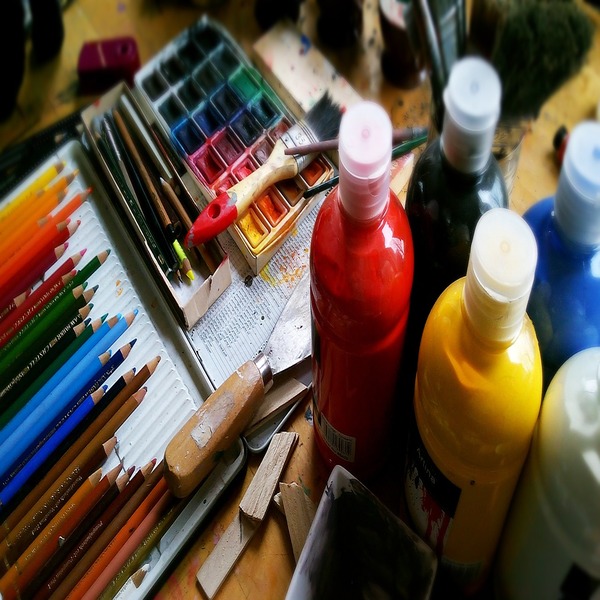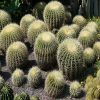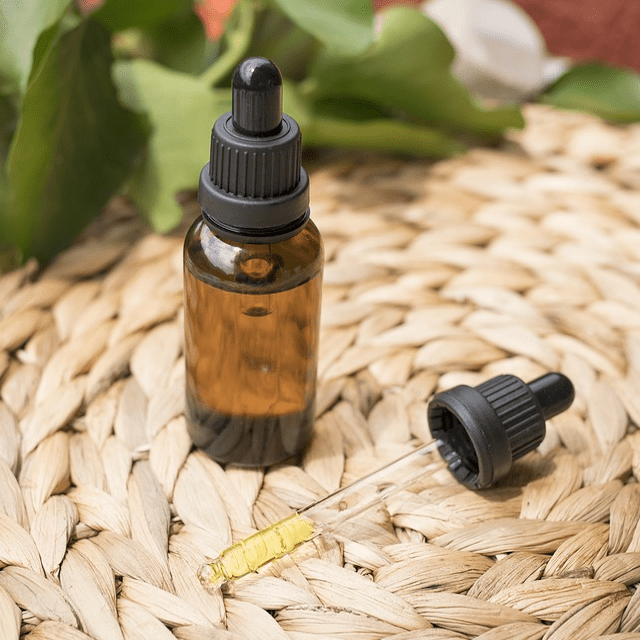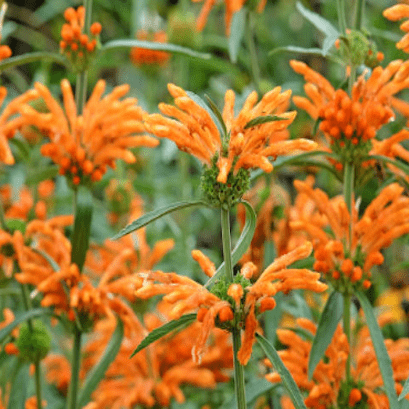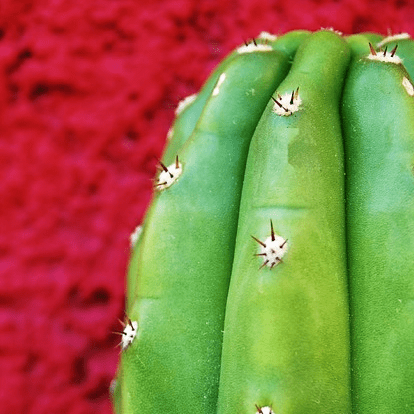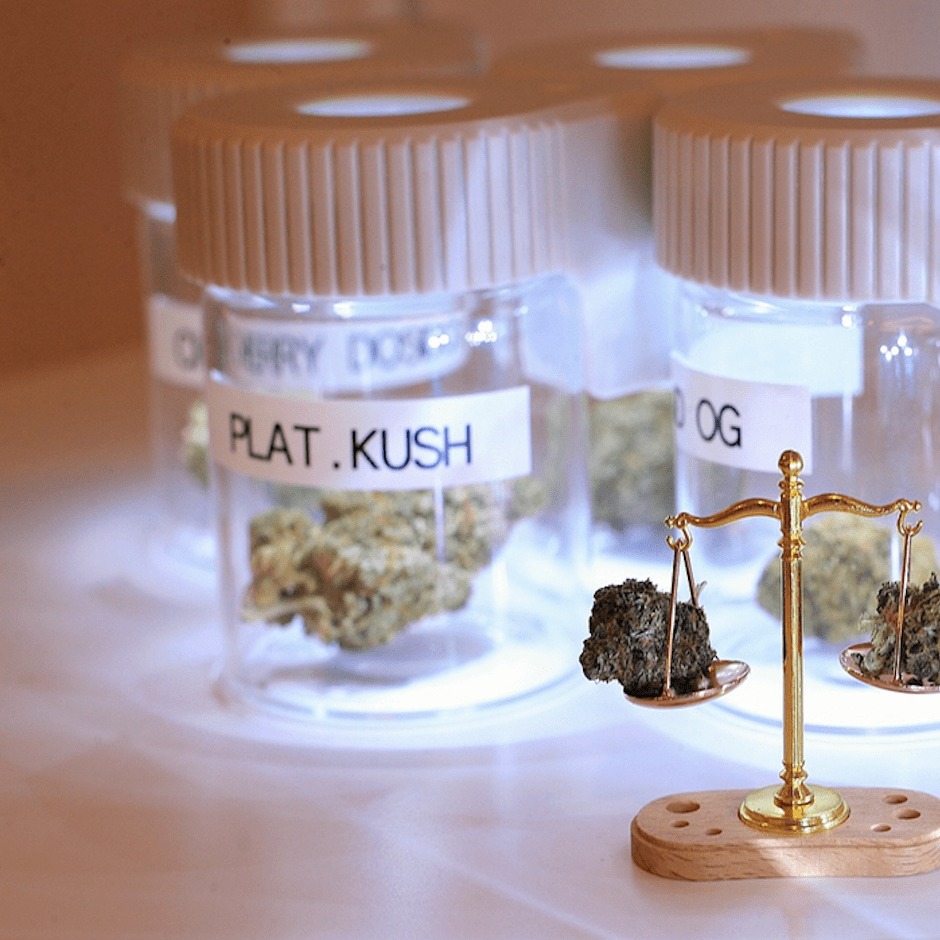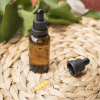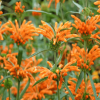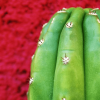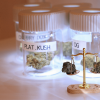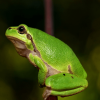Ever heard of psychedelic art? Maybe not, but you’ve probably seen it before. It’s those colourful, hypnotic paintings full of abstract shapes and patterns. Psychedelic art stems from the 1960s and 1970s, an era when experimental music and drug use reigned supreme. This form of art is known for its visual hallucinations and complex designs that immerse the viewer in another reality.
Table of Contents
The origins of psychedelic art
The roots of psychedelic art can be traced back to ancient civilisations, where shamans and spiritual leaders used psychedelic plants and mushrooms to get in touch with the spiritual world. This led to the creation of stunning visions and these experiences were then translated into art forms by shamans. Later, in the 1960s and 1970s, psychedelic art became popular as a way to express the transformative and mystical experiences of using LSD and other psychedelics[1] .
Psychologists and philosophers have always been fascinated by psychedelic art. They see it as a reflection of the human desire for enlightenment and expansion of consciousness. The intense colours, vivid patterns and strange shapes in psychedelic art evoke a sense of transcendence and take you on an inner journey. It can make you ponder the limits of our perception and challenge our sense of reality.
The influence of psychedelic art on culture
Psychedelic art has also had a major influence on wider pop culture[2] . In the 1960s and 1970s, this art form was associated with the counterculture and hippie movement. It was used as a way to represent the visions and ideals of the time – freedom, peace, love and rebellion against the established order. Today, psychedelic artworks are still appreciated as an expression of individualism and creativity.
Although psychedelic art peaked in the 1960s and 1970s, it is still relevant and popular in the contemporary art world. Contemporary artists continue the tradition by using new techniques and materials to create unique psychedelic works. They combine digital technologies, such as virtual reality, with traditional painting to provide an even more immersive and interactive experience.
Popular resources
One of the popular psychedelic substances that serves as inspiration for artists is mescaline. Mescaline is a naturally occurring substance found in mescaline cacti and has been used in spiritual rituals for centuries. The unique visual and emotional experience caused by mescaline has inspired artists to express their inner world through various art forms. The best-known psychedelic substance that serves as a source of inspiration is, of course, psilocybin which is found in magic mushrooms and magic truffles.
These hallucinogenic fungi have been used for centuries in various cultures around the world[3] . As with mescaline, mind-altering experiences caused by the use of magic mushrooms and magic truffles can lead to creative explorations. Artworks based on magic mushrooms and magic truffles range from colourful paintings to detailed drawings and graphic designs.
Sources:
